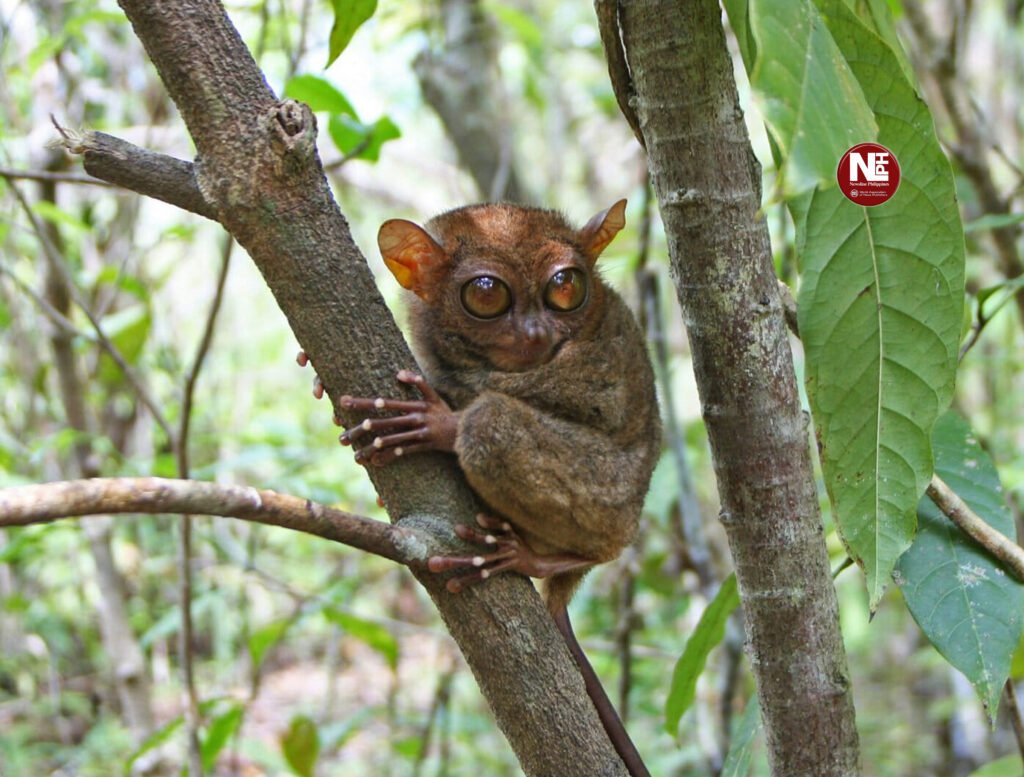
Philippine tarsier
MANILA (October 9) — The Philippines is teetering on the edge of a biodiversity crisis, with nearly a third of its land-dwelling vertebrates facing possible extinction in the coming decades.
Amphibians and mammals are under the greatest threat, scientists warn, as deforestation, poaching, and weak protections push the country’s unique wildlife to the brink.
Published in the October issue of Science of the Total Environment, the study by researchers from University of Southern Mindanao lays bare the devastating impact of habitat loss, overexploitation, and inadequate conservation measures on the country’s rich but fragile ecosystems.
Amphibians are the most threatened, with 24% of species now classified as vulnerable, endangered, or critically endangered. Mammals follow closely at 23%. Narrow habitat ranges, rapid deforestation, and the illegal wildlife trade are pushing many species closer to extinction.
Iconic species such as the Philippine tarsier and Cebu flowerpecker are particularly at risk. Reptiles and mammals also face intensified hunting pressures as scarcity drives up their market value.
Scientists warned that many lesser-known species remain “data deficient”, making them invisible in conservation plans. They called for stronger law enforcement, expanded protected areas, and more research to halt what they described as a potential biodiversity collapse.
“Without urgent, coordinated action, the Philippines risks losing its irreplaceable biodiversity,” the researchers said.

